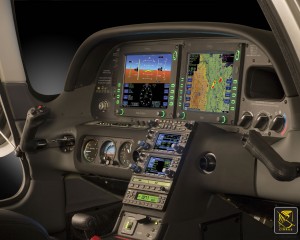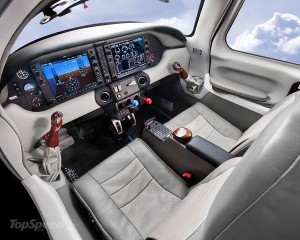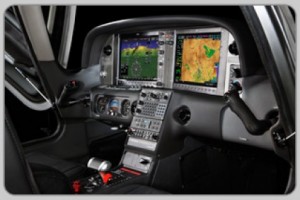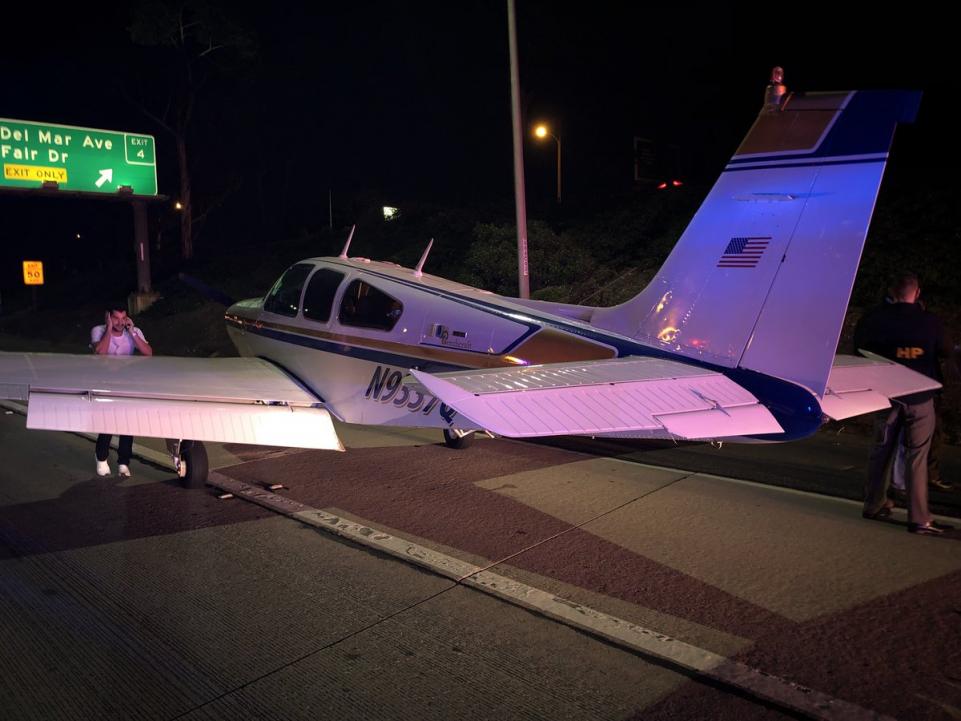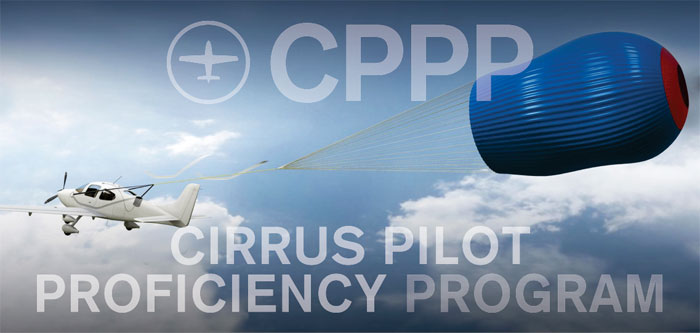So the Word became human and made his home among us. He was full of unfailing love and faithfulness. And we have seen his glory, the glory of the Father’s one and only Son (John 1:14).
From the Texas Top Aviation family (Hank, Kelsey, Everett, Cooper, and Cord) to your family, we wish you a Merry Christmas! We are thankful for how the Lord has blessed us this year. We pray for blessings on your family this coming year.
Keep the wheel side down and the sunny side up!
Merry Christmas!


